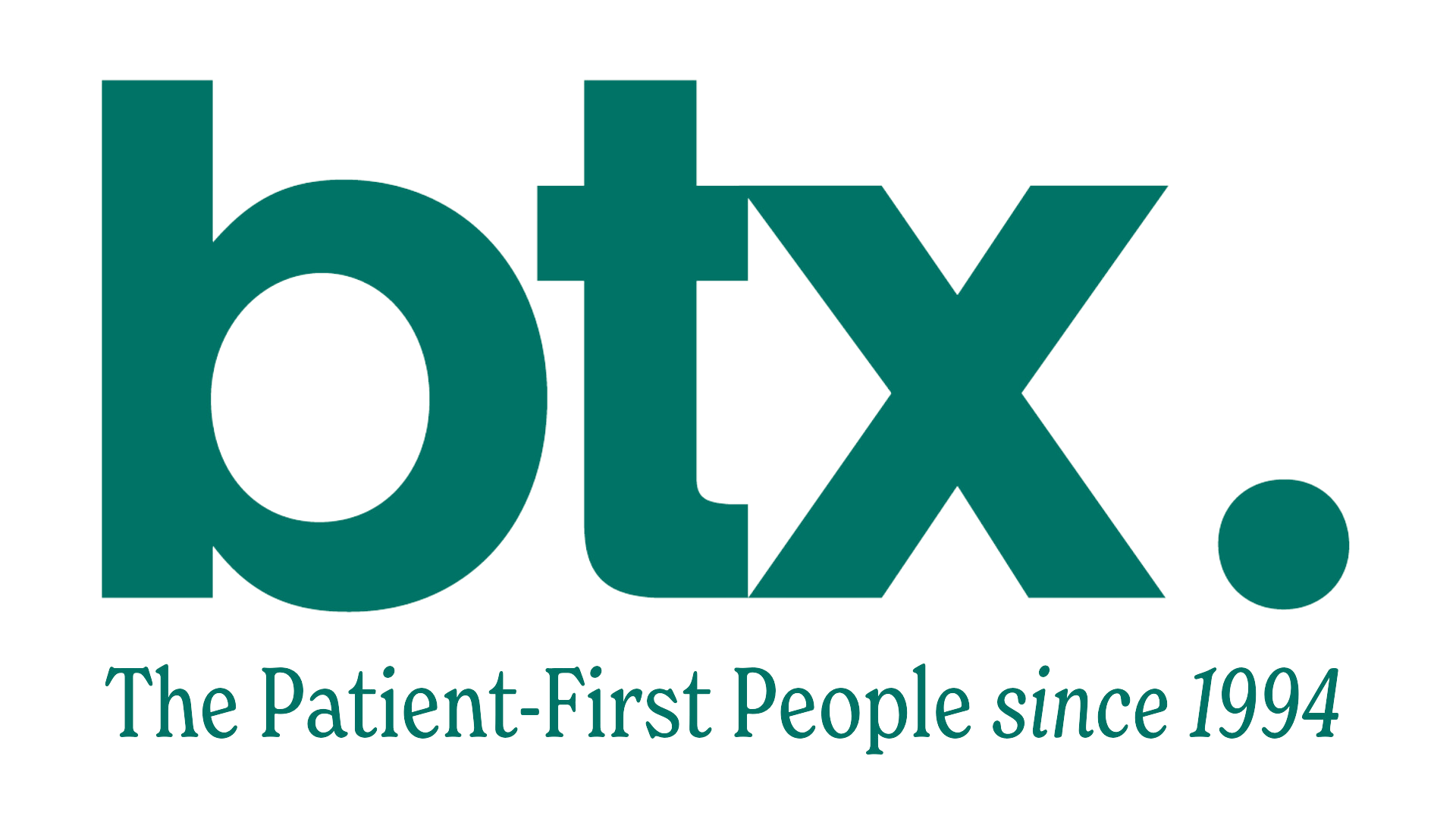|
U.S. District Court in Eastern Missouri Issued a Preliminary Injunction Against CMS Vaccine Mandate for 10 states, including Iowa
On November 29, the U.S. District Court in eastern Missouri placed a preliminary injunction against the Biden Administration’s CMS Vaccine Mandate for 10 states, including Iowa.
What should members do next? Katie Ervin-Carlson with Dorsey & Whitney advised that members should, at a minimum, develop a policy, religious and medical exemption forms, and an exemption review process. In the event the preliminary injunction is lifted and the mandate vaccine is reinstated, the provider will then be prepared to move forward with established deadlines for compliance.
If a provider wishes to move forward with a mandate, the mandate would be voluntary and subject to Iowa laws under HF 902, regarding religious and medical exemptions.
The U.S. District Court in Eastern Missouri will schedule a trial to hear the merits of the case and issue further directives. The Biden Administration may issue an appeal to the preliminary injunction.
In the Memorandum and Order issued by the U.S. District Court - Eastern District, the court notes the following evidence to support the preliminary injunction:
Plaintiffs demonstrate a likelihood of success on the merits.
- Congress did not grant CMS authority to mandate the vaccine.
- Given the vast economic and political significance of this vaccine mandate, only a clear authorization from congress would empower CMS to act.
- CMS projected a $1.38 billion economic impact, which is argued, does not take into account the economic significance this mandate has from the effects on facilities closing or limiting services and a significant exodus of employees that choose not to receive a vaccination.
- The mandate significantly alters the balance between federal and state power, only a clear authorization from Congress would empower CMS.
- Traditionally, it has been the states’ power to legislate health – including vaccinations.
- In the absence of a clear indication that Congress intended for CMS to invoke such significant authority, the Court will not infer congressional intent.
- Even if Congress’s statutory language was susceptible to CMS’s exceedingly broad reading – which it is most likely not – Congress did not clearly authorize CMS to enact this politically and economically vast, federalism-altering, and boundary-pushing mandate, which Supreme Court precedent requires.
- CMS improperly bypassed notice and comment requirements. Failure to allow notice and comment, under the Administrative Procedure Act (APA) and the Social Security Act, where required is grounds for invalidating the rule. CMS indicated in response to the injunction request that they are relying on the “good cause” because comment requirements are impracticable, unnecessary, or contrary to the public interest, under the circumstances. The Court noted that “good cause” circumstances should be very rare and are only accepted after the court has examined closely the proffered rationales justifying the elimination of public procedures.
- CMS’ delay in issuing the vaccine mandate, further supports the plaintiff’s case, and reason for “good cause” to be ineffective.
- The vaccine mandate was announced nearly two months prior to issuance.
- A one-month delay is included in the vaccine mandate rule.
- The vaccine mandate was issued nearly 10 months after the vaccines were available for use and nearly two months following full authorization of the Pfizer vaccine.
- CMS cannot utilize evidence that COVID-19 is an emergency when cases have begun to trend downward on a national basis.
- CMS failed to meet its “good cause” burden, especially in light of the unprecedented, controversial, and health related nature of the mandate.
- The document cited Cmty. Nutrition Inst. V. Butz, 420 F. Supp. 751, 754 (D.D.C. 1976) noting that “when a health-related standard such as this is involved, the good cause exemption may not be used to circumvent the legal requirements designed to protect the public.”
- Requires already hesitant individuals to get the vaccine – without giving them an opportunity to be heard. This undermines the democratic process that the APA’s procedural safeguards are intended to protect and exacerbates the underlying hesitancy problem.
- The mandate is arbitrary and capricious.
- CMS lacks evidence showing that vaccination status has a direct impact on spreading COVID in the covered healthcare facilities.
- CMS utilized data for Long-term care disproportionally to include fourteen other healthcare types in the mandate.
- CMS admits that the continued efficacy of the vaccine is uncertain, including the effectiveness in preventing “breakthrough” disease transmission from those vaccinated, and the long-term effectiveness of vaccination.
- CMS improperly rejected alternatives to the mandate.
- CMS rejected daily or weekly testing without citing any evidence for such a conclusion.
- CMS found that vaccination is more effective, despite its admission that it lacks solid evidence.
- CMS rejected alternatives in those with natural immunity by a previous COVID-19 infection, noting many uncertainties about the immunity in those previously infected compared to people who are vaccinated.
- The mandate is arbitrary and capricious because of its broad scope.
- The mandate utilizes data to support vaccination based on death rates for ages 65 and older, but included entities that serve individuals among a variety of ages, including under 21 years of age.
- Broad range of “staff” included in the interim final rule, “regardless of patient contact”.
- CMS’s sudden change in course.
- For years, CMS has encouraged rather than forced vaccination, despite concerns over other prevailing illnesses.
- Interim final rule earlier this year related to COVID-19 vaccination which did not require vaccination.
- CMS failed to consider or properly weigh necessary reliance interests.
- CMS failed to consider all of the impacts the vaccine mandate would have on health care workers, patients and facilities.
- CMS looked at evidence only from interested parties and ignored evidence from interested parties in opposition.
Plaintiffs demonstrate irreparable harm.
- States will be unable to enforce their duly enacted laws surrounding vaccination mandates and providing proof of vaccination. The mandate notes that it preempts inconsistent State and local laws as applied to Medicare and Medicaid certified providers and suppliers. Since CMS likely did not lawfully enact its mandate, the Plaintiffs are harmed because they cannot enforce their duty enacted laws and no lawfully enacted regulation preempts them.
- The Plaintiffs likely would face irreparable harm to their quasi-sovereign interests in the sense of pain, suffering and distress and health and well-being of the residents in their state, both physical and economic.
- Staff reductions due to implementing the mandate, especially in light of the already understaffed healthcare facilities, will cause a cascade of consequences.
The balance of equities tip in favor of Plaintiffs, and the public has an interest in an injunction.
- The status quo today, without the CMS mandate, is still far better than the public faced even just a few months ago.
- The effectiveness of the vaccine to prevent disease transmission by those vaccinated is not currently known, what is known based on the evidence, is that the mandate will have a crippling effect on a significant number of healthcare facilities in Plaintiffs’ states, especially in rural areas, creating a critical shortage of services (resulting in no medical care at all in some instances), and jeopardize the lives of numerous vulnerable citizens.
- The court finds that in balancing the equities, the scale falls clearly in favor of healthcare facilities operating with some unvaccinated employees, staff, trainees, students, volunteers, and contractors, rather than the swift, irremediable impact of requiring healthcare facilities to choose between two undesirable choices – providing substandard care or providing no healthcare at all.
|













